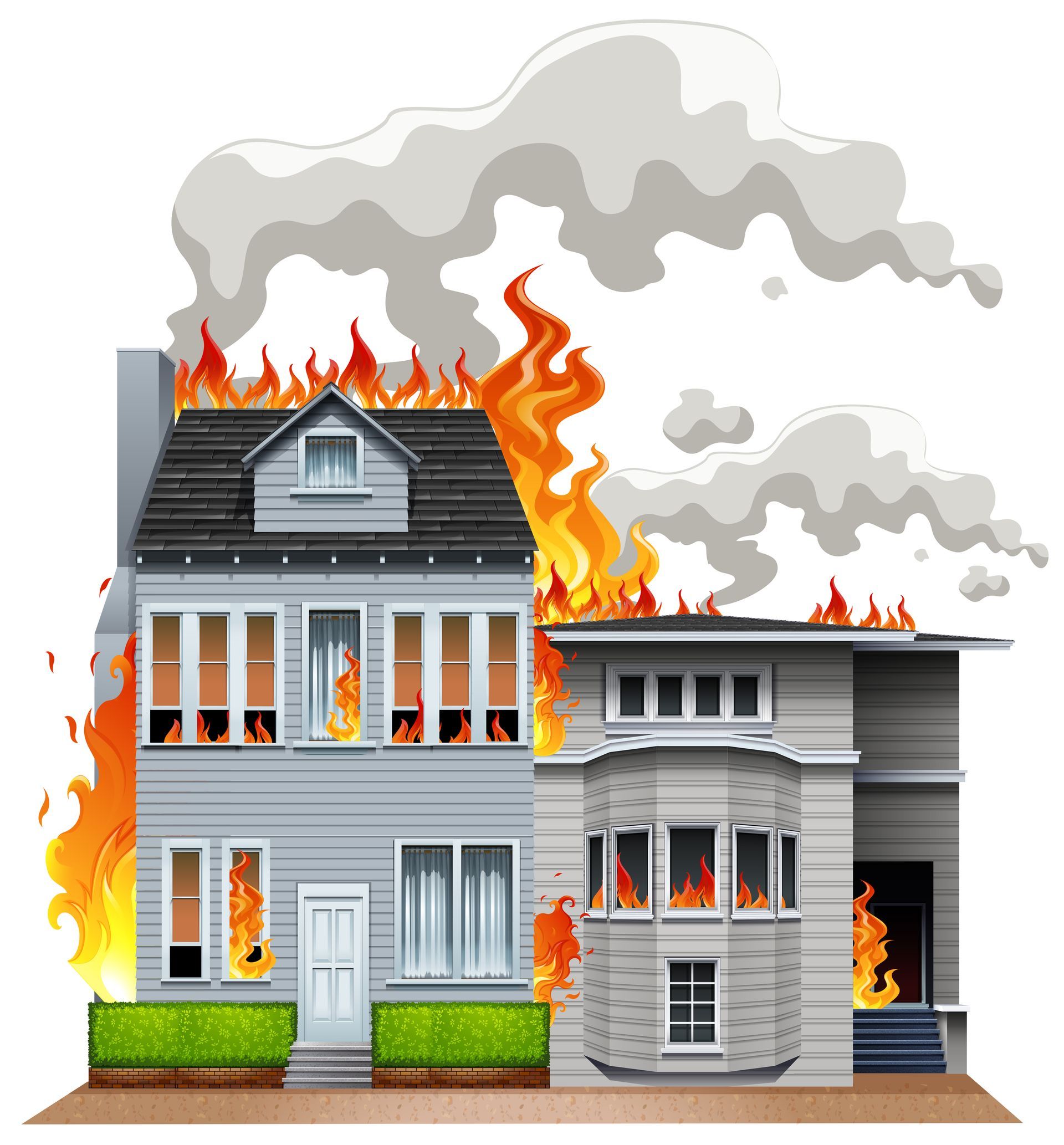The Ultimate Guide to Fire-Resistant Materials for Your Home

Fire safety is a top priority when designing or renovating a home. With wildfires and house fires posing serious risks, incorporating fire-resistant materials can make a significant difference in protecting your property and loved ones. In this guide, we'll explore some of the best fire-resistant materials available and how they can enhance the safety of your home.
What Are Fire-Resistant Materials?
Fire-resistant materials are specially designed to withstand high temperatures and slow the spread of flames. These materials are commonly used in construction and home design to improve fire safety and reduce damage in case of a fire.
Top Fire-Resistant Materials for Your Home
1. Fire-Resistant Roofing
Your roof is one of the most vulnerable parts of your home in a fire. Choosing fire-resistant roofing materials can help prevent the spread of flames. Some top choices include:
- Metal Roofing: Non-combustible and highly durable.
- Clay and Concrete Tiles: Naturally fire-resistant and aesthetically pleasing.
Asphalt Shingles with Fire-Resistant Ratings: Look for Class A-rated shingles for the best protection.
2. Fire-Resistant Siding
The exterior of your home should be able to withstand heat and flames. Consider these options:
- Fiber Cement Siding: Made from a combination of cement, sand, and cellulose fibers, offering excellent fire resistance.
- Brick and Stone Veneer: Non-combustible and durable.
- Stucco: A fire-resistant option that also provides great insulation.
3. Fire-Resistant Insulation
Proper insulation not only improves energy efficiency but can also help slow the spread of fire. Options include:
- Mineral Wool (Rock Wool): Naturally fire-resistant and highly effective at slowing heat transfer.
- Fiberglass Insulation: Non-combustible and widely used in home construction.
- Foam Insulation with Fire Retardants: Some spray foam insulation is treated with fire retardants to increase safety.
4. Fire-Resistant Doors and Windows
Openings in your home, such as doors and windows, can be weak points in a fire.
Consider these options:
- Steel or Solid-Core Wood Doors: Fire-rated doors provide enhanced protection.
- Tempered Glass Windows: More resistant to heat and breakage compared to standard glass.
- Multi-Pane Windows: Helps reduce heat transfer and slow fire penetration.
5. Fire-Resistant Decking and Landscaping
Outdoor areas should also be designed with fire safety in mind. Consider these fire-resistant choices:
- Composite Decking: Made from a blend of wood fibers and plastic, offering improved fire resistance.
- Concrete or Stone Patios: Non-combustible and durable for outdoor living spaces.
- Fire-Resistant Plants: Choose low-resin, high-moisture plants to create a defensible space around your home.
Additional Fire-Resistant Strategies
Beyond materials, there are additional steps you can take to improve fire safety:
Create a Defensible Space: Maintain a buffer zone around your home by clearing dry vegetation and using fire-resistant landscaping.
- Install Fire Sprinklers: An automatic sprinkler system can help suppress flames before they spread.
- Use Fire-Retardant Coatings: Some paints and sealants can add extra fire resistance to your home’s exterior and interior.
Investing in fire-resistant materials is a proactive way to protect your home and loved ones from potential fire hazards. Whether you’re building a new home or upgrading your existing one, incorporating these materials and strategies can make a significant difference in fire safety and resilience.
By making informed choices, you can create a home that is not only beautiful and functional but also built to withstand the elements and keep your family safe.

